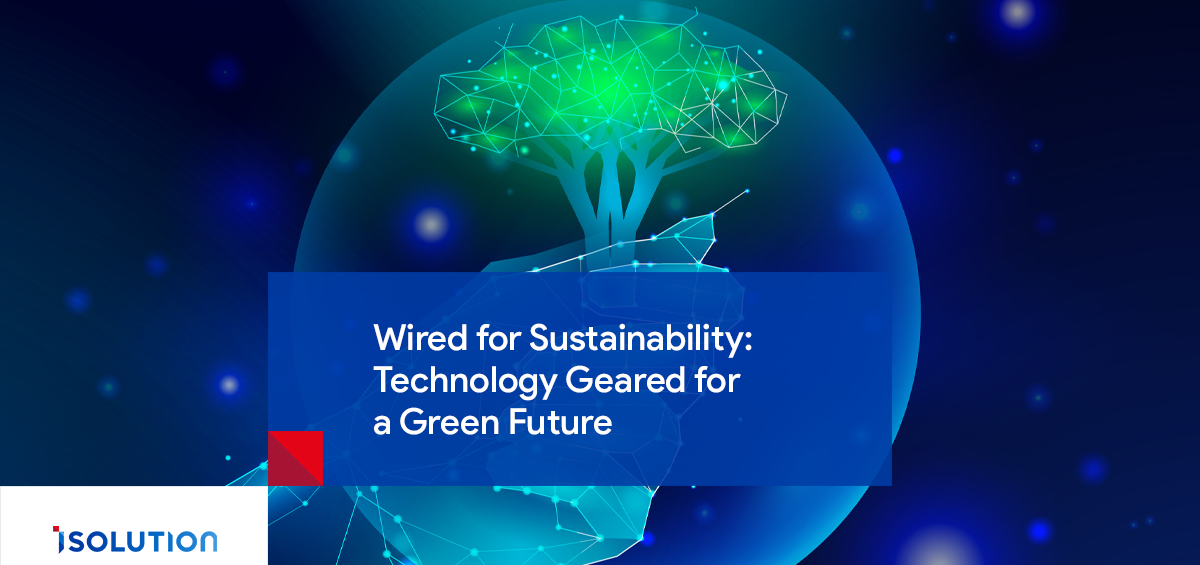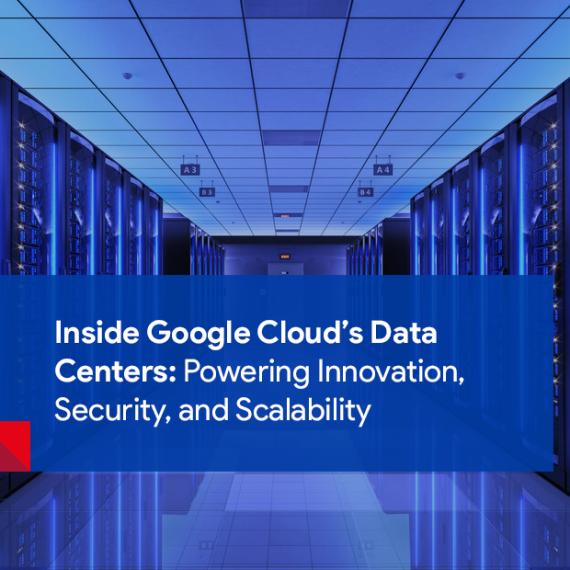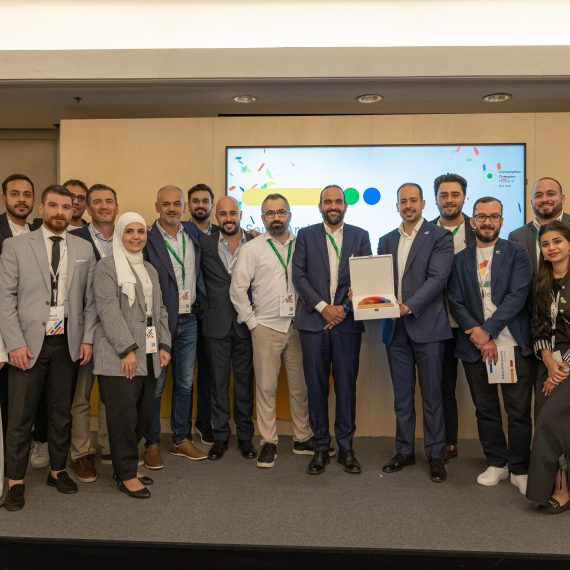Every day brings new trends that occupy our brains in each aspect of our lives; from AI, robotics, and smart cars, to fashion trends. Yet, amidst this whirlwind of trends, there’s a critical issue that has been looming over us for decades, one that threatens our very existence if left unaddressed. While AI dominates conversations in the business realm, sustainability deserves an equally prominent spotlight in the intersection of business and technology. GreenMatch states that the tech industry accounts for 7% of global emissions and is expected to rise rapidly with the growth of data centers, cloud computing, and the widespread use of electronic devices.
We must prioritize sustainability to safeguard our future alongside technological advancements. But how can technology be leveraged to promote sustainability while ensuring continued progress and technological innovation?
-
Life Cycle Assessment (LCA):
Digitalization and technological innovation play a crucial role in this digital age. However, these innovations must be used responsibly and sustainably by being integrated into a broader sustainability framework called Life Cycle Assessment (LCA).
Life Cycle Assessment (LCA) is crucial for:
- Evaluating and reducing environmental impact: throughout the entire life cycle of technological products.
- Contributing to the sustainable development goals: identifying critical areas, setting priorities, and seizing opportunities for action.
- Finding harmony between sustainability and profitability: balancing sustainability demands doesn’t abolish profitability duties.
By examining a product’s full life cycle, from the extraction of raw materials to its disposal, companies can pinpoint key areas with the most significant environmental impact and implement strategies to mitigate that impact. This approach not only aids in lowering the ecological footprint but can also inspire innovative processes that enhance efficiency and cut operational costs.
-
The Role of AI:
Leveraging the intelligence of AI and machine learning models, we are on the verge of a transformative era where advanced algorithms and data-informed insights facilitate a balanced relationship between human advancement and the well-being of our planet. Implementing automation technologies and artificial intelligence (AI) can enhance resource efficiency and minimize waste, and here’s how:
- Analyzing patterns and large-scale data to identify areas where energy is wasted and suggest improvements.
- Improving the efficiency and output of renewable energy sources.
- Processing and analyzing data to improve climate models and forecasting predictions.
- Designing and optimizing carbon capture technologies, contributing to efforts to mitigate greenhouse gas emissions.
-
Supply Chain Management:
Companies possess both the capacity and responsibility to showcase their commitment to corporate social responsibility and to promote best practices for environmentally friendly supply chains and sustainable logistics.
- Green Supply Chain: Supply chain technologies such as AI and machine learning can help businesses spot risks, patterns, and opportunities – allowing them to minimize waste and improve efficiency.
- Transparent Supply Chain: Through the use of digital technologies such as blockchain and RFID sensors, supply chain managers can now obtain an accurate and irrefutable record of all the products and suppliers along the entire supply chain journey.
- Circular Supply Chain: Some of the modern technologies that support recycling while recouping costs in the process include the use of recycled plastics in 3D printing, and the ability of advanced analytics to map out the most efficient logistics journeys for returning products into the supply chain loop.
-
More Engagement Through IT:
As digitalization is now prevalent in every household, businesses have the opportunity to utilize these technologies to raise awareness about sustainability, promote responsible behaviors, and ultimately foster a community of supporters and go-greeners.
This engagement can take many forms such as:
- Sustainability education through apps
- Gamifying the sustainability journey
- Guidance on adopting a sustainable lifestyle
- Tools for calculating environmental footprints
Why must CEOs go green?
Sustainability needs more than just technical solutions, it needs green CEOs who understand the value of sustainability. Leaders who balance economic growth with environmental impact drive innovation. Not only does it drive innovation, but also enhances the corporate reputation as studies have shown that 49% of consumers are willing to pay, on average, 59% more for products that are branded as sustainable or socially responsible, according to IBM Institute for Business Value (IBV). Hence, consumers are becoming increasingly aware of sustainability.
In conclusion, digital sustainability is more than a fleeting trend; it is an urgent need and a significant opportunity for businesses to reshape their models. Embracing advanced technologies can change how companies operate, enhancing both their efficiency and sense of responsibility.
At iSolution, we strongly believe that embracing digital innovation is the best strategy for companies to attain both profitability and sustainability.







Leave a Comment